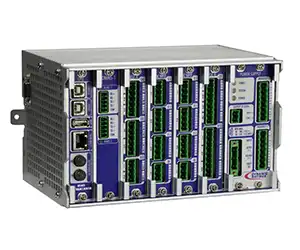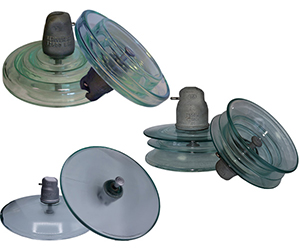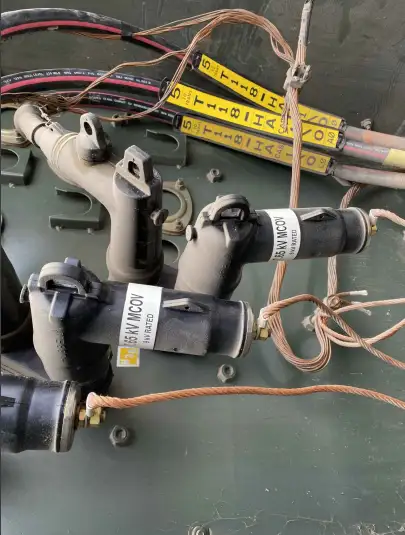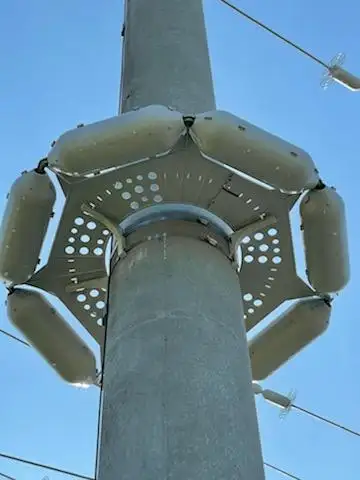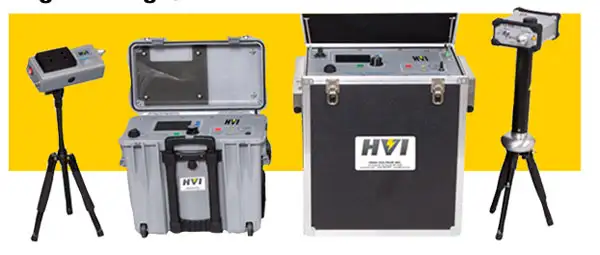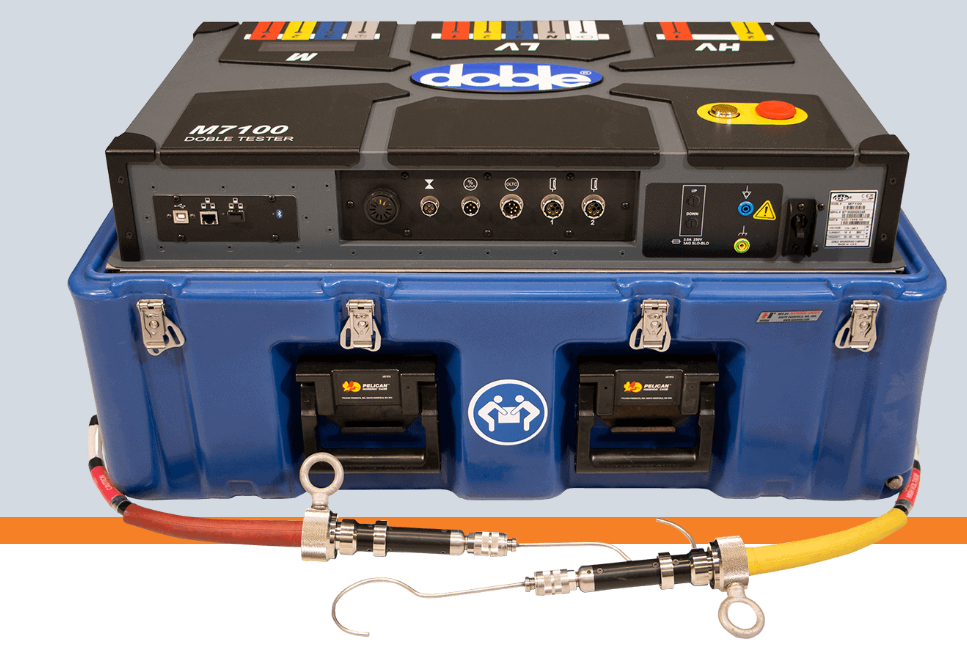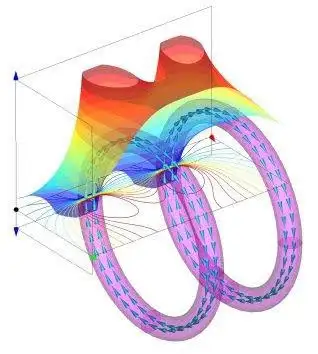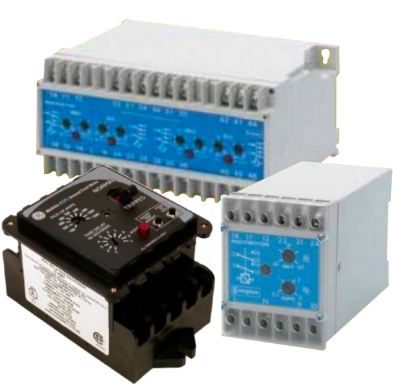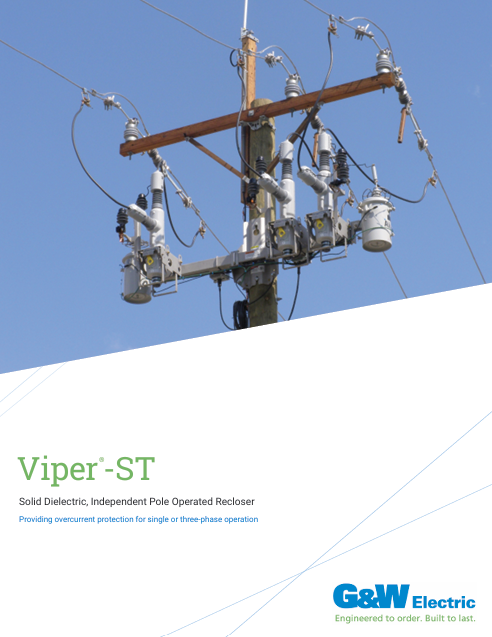Role of Data Analytics in Operational Efficiencies and as Sustainable Future

Mobile, social, cloud, analytics and Internet of Things (IoT) technologies are driving the digital transformation in utilities creating new opportunities to optimize operations, and integrate the utility customer into the energy and water value chain. With the global focus on sustainability, these technologies are becoming increasingly central to achieving the energy efficiency and water conservation goals.
Dawn of a New ‘Data’ Age
Across all industries, Gartner forecasts that 6.4 billion connected devices will be in use worldwide in 2016 – up 30 percent from 2015 – with the number reaching 20.8 billion by 2020. In 2016 alone, 5.5 million new devices will be connected each day. IoT is at the center of all of this. IoT makes it possible to connect people, products and services to empower people to make decisions, and utilize assets efficiently. By investing in IoT, utilities are already seeing tremendous opportunity to transform their business practices and eventually will have the touch points in all operations and customer engagement. What goes hand in hand with this is the data that all these devices generate and the analyses of such data, to allow for better decision making.
The largest volumes of data and its use has been mostly in intelligent assets and metering and meter data management. In the near future all customers will have smart meters to monitor power, gas and water consumption in real time. At present, the use of smart meters is frankly rudimentary, as they are primarily utilized for customer billing. However, there is a treasure trove of information in this data that utilities can use to help themselves and their customers in many ways. For example, the enormous amount of data and its analytics could help in changing consumer behavior by becoming a communication link between the meter and other devices, thus allowing the consumer to see usage in real time. There is also the smart grid investments and intelligent assets, which are connecting to each other and communicating. As machine learning becomes more prevalent in this communication loop, these assets will become more intelligent where they will be able to self-diagnose and allow the utility to become more efficient in the relevant operations. This large amount of data that the utility will collect and analyze through software analytics platforms will also allow utilities to improve efficiencies and customer engagement.
As much as IoT will benefit a utility’s day-to-day operation, the biggest growth area is customer engagement. Using data from smart meters and other grid connected devices, a number of use cases have emerged for the utility customers in the areas of energy consumption profiling, connected home, smart appliances, and electric vehicle management. Mobile apps and web portals have been the most effective way to deliver analytics to customers. The major benefit of adopting a mobile strategy is the access to real time data by consumers. Mobility allows consumers to become aware of how much energy they are actually using in near real time, rather than waiting to get their bill weeks later. With the adoption of mobile software applications, the consumption patterns can be made readily available to them through mobile applications to instigate lifestyle and behavioral changes (an average consumer in the U.S. picks up his mobile devices up to 150 to 200 times a day, i.e. nearly 30 billion mobile moments each day).
This type of engagement can further be made increasingly effective using big data analytics for customer segmentation. Using micro-segmentation, the customer interactions can be much more personalized, thereby increasing the engagement and response. For example, including income and demographics can help personalize the program and efficiency recommendations across residential, commercial and low-income groups, since customer preferences and needs can vary across each segment.
Even water agencies see great potential in data analytics to reduce leaks and avoid losing billions of gallons of water annually. The only way to ensure water is available to our future generations is to have a conservation plan and make the utility customers a part of that plan. According to the United States Environmental Protection Agency, an average household in the US leaks more than 10,000 gallons of water every year. This instance extends a direct opportunity for the utilities to identify, prioritize, and resolve revenue-losing functions and fix them with the help of third-party cloud/software vendors, if they are unable to themselves.
The EPA also confirms, an irrigation system that has a leak 1/32nd of an inch in diameter (about the thickness of a dime) can waste about 6,300 gallons of water per month. With data emanating from smart meters, IoT devices and other related devices, it can be collated and processed using analytics and the insights; thus, this generated data can be used in the practical world to take corrective and preventative measures.
It is thus becoming evident how IoT, data and analytics are impacting day-to-day key operations of a utility, affecting their ROI on infrastructure, enabling revenue realization, and increased customer loyalty, through engagement from customer intelligence derived from data analytics. Having said that, technology would evolve and more opportunities would present themselves for utilities to further use data from Social, Mobile, Cloud and IoT. As these platforms become more apparent in the utility landscape, it will only bring the customer, intelligent assets and the utility into a real-time 360-degree relationship.
On-Site Training
Interested in cost effective, professional on-site electrical training?
We can present an Electrical Training Course to your electrical engineering and maintenance staff, on your premises, tailored to your specific equipment and requirements. Click on the link below to request a Free quotation.
EF PARTNER MEDIA
Product Showcases
Shared Media

